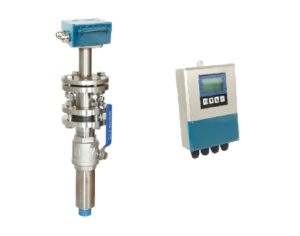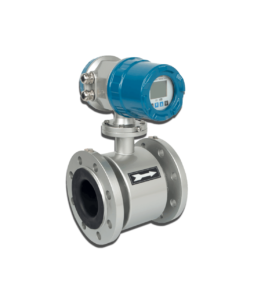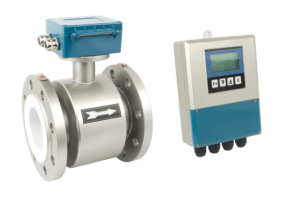The solid-liquid two-phase fluid containing non-ferromagnetic particles or fibers can also measure the volume flow of the two-phase. The solid content has not yet seen a recognized or formal upper limit value, and it also varies depending on the shape of the solid and the installation location.
Fluids with higher solid content, such as drilling mud, drilling cement slurry, and paper pulp, are actually non-Newtonian fluids. Since the solids flow together in the carrier liquid, there is slippage between the two, and there is a difference in speed. The single-phase liquid calibration instrument used for solid-liquid two-phase fluid will cause additional errors.
Although there are no systematic experimental reports on the application of electromagnetic flowmeters to solids in solid-liquid two-phase fluids, there are reports abroad that the error is within 3% when the solids content is 14%; my country Yellow River Conservancy Commission Water Conservancy Science Research According to the test report of the institute, measuring the flow of water with high sand content, the volume ratio of sand content is 17% to 40% (the median diameter of sand is 0.35mm), and the measurement error of the instrument is less than 3%.
Fluids containing ferromagnetic materials will cause measurement errors due to changes in the magnetic permeability in the measuring tube due to the different content of ferromagnetic materials on the normal electromagnetic flowmeter. However, an electromagnetic flowmeter compensated by a magnetic flux detection coil is placed in the magnetic circuit, which can reduce the influence of ferromagnets.
For the application of ore slurry containing ore particles, attention should be paid to the degree of wear of the sensor lining, and the expansion of the inner diameter of the measuring tube will cause additional errors.
In this case, ceramic lining or polyurethane rubber lining with good wear resistance should be used. At the same time, it is recommended that the sensor be installed on the vertical pipeline to make the pipeline wear evenly and eliminate the shortcomings of serious local abrasion in the lower half of the horizontal installation. It is also possible to install a nozzle-shaped sheath at the inlet end of the sensor to relatively extend the service life.



